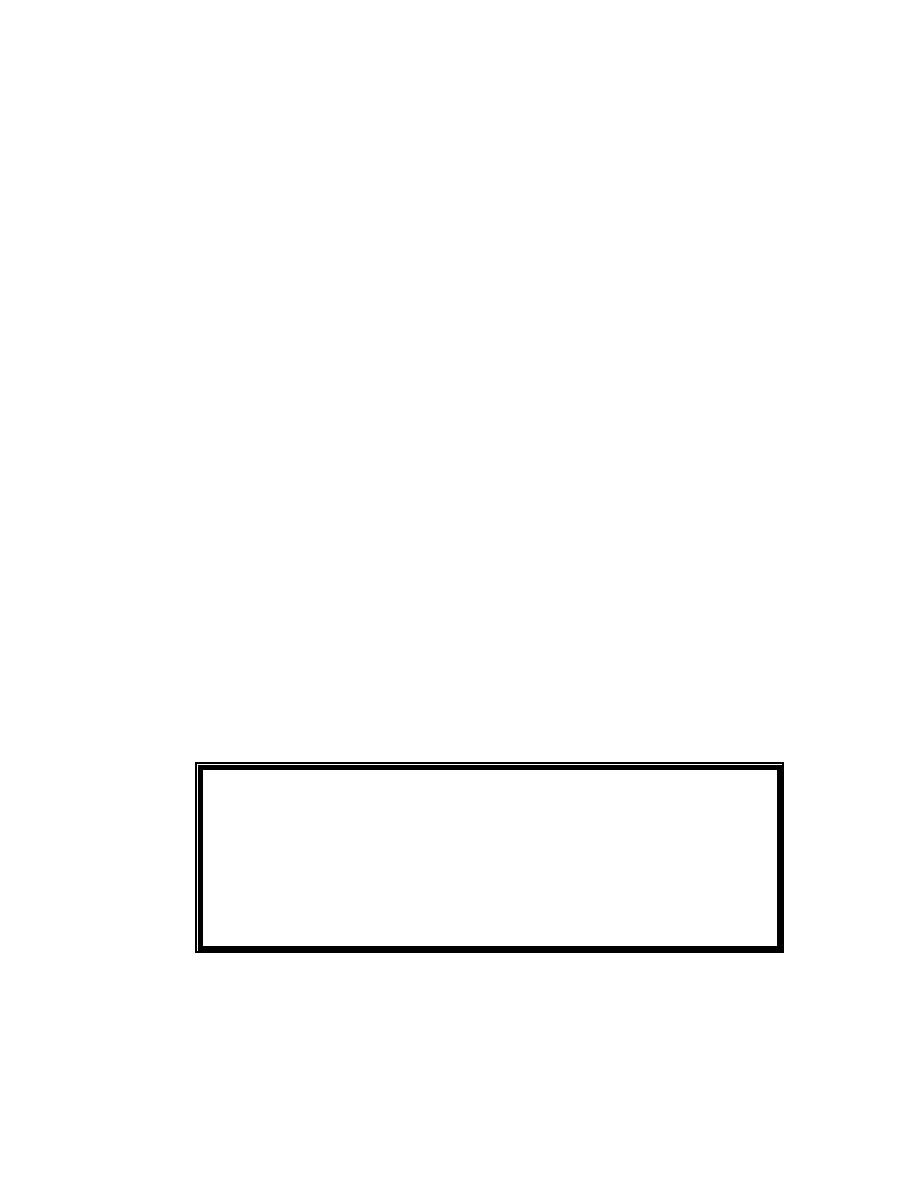
disposition procedures and preventive medicine handles water. If food or water become
contaminated, it must not be consumed unless it is first decontaminated or approved for
consumption. Food or water that is free from contamination may be contaminated by
equipment or personnel, so they must be inspected as well.
6. Detection methods. It is essential that every soldier, especially if he is involved in
food service, know how to detect NBC contamination. Methods of inspecting food,
water, personnel, and material for signs of NBC contamination are described below.
a. Nuclear. The radiac meter AN/VDR-2 is used to monitor food, water, personnel,
and material for possible contamination by induced radiation or fallout. This instrument
is commonly known as a Geiger counter. To inspect food, personnel, or material for
nuclear contamination, follow the step-by-step directions in the operator's manual.
Background radiation will produce a signal even in the absence of contamination. An
audible signal (clicks through the headphone) provides the most sensitive indication in
changes in the quantity of radiation present. Read the meter to determine the level of
radioactivity. Food is contaminated if it produces a reading greater than two times that of
the surrounding environment in an uncontained area. These Geiger counters are not
sensitive enough to detect unacceptable levels of radioactivity in water. Use water only
from an approved source.
b. Biological. Most Army units have no capability to detect the presence of
biological agents in food. The supporting medical unit is responsible for inspecting food
for obvious signs of spoilage, such as slime, discoloration, and odor. Keep in mind that
contaminated food may look, smell, and taste normal. If food is suspected of being
contaminated by biological agents, request a veterinary inspection. Use water from an
approved source for preparing food and for drinking. If no water from an approved
source is available, disinfect the available water before using it. Water disinfection
procedures are described in Chapter 12 of FM 10-23. Biological warfare agents intended
to attack humans produce no outward changes in food or material.
WARNING
Disinfection is not effective against all agents. Use water from an
unapproved source only when there is no alternative. Food and water may
be contaminated by contact with sick food handlers or unsanitary equipment.
Inspect food handlers at the beginning of each shift, and inspect food service
operations to be sure that proper sanitation is being practiced. See Chapter
12 of FM 10-23 for more information on food service sanitation.
c. Chemical. The first action to take when chemical agents are present is to stop
breathing, put on your mask, and sound the alarm. Next, evacuate troops in the area.
Most chemical agents will change the taste, smell, or appearance of food. Food may
become very poisonous without any change in appearance, taste, or smell. Never taste
QM 6322
8-4


 Previous Page
Previous Page
